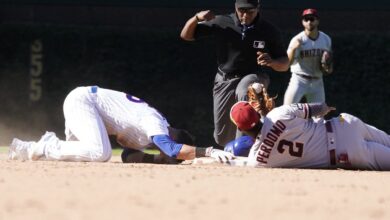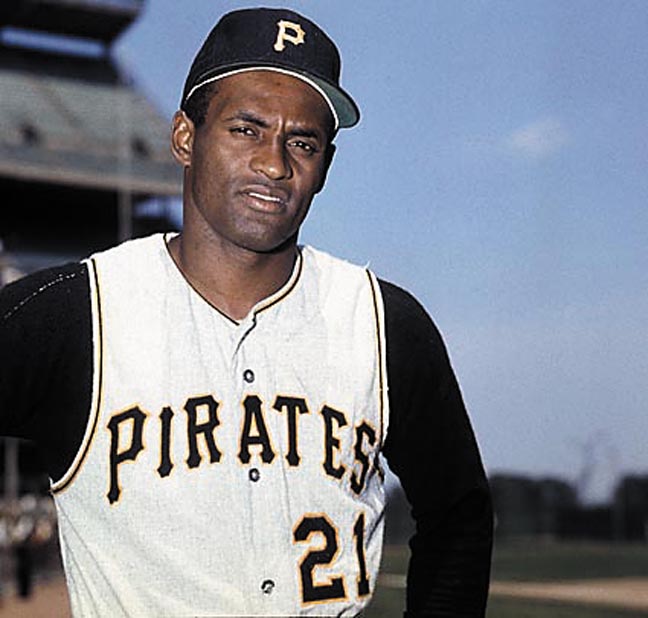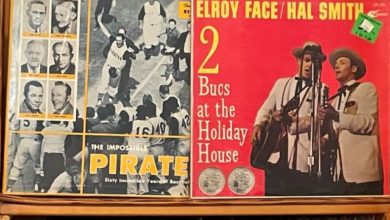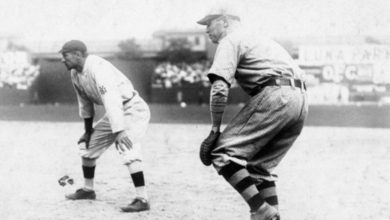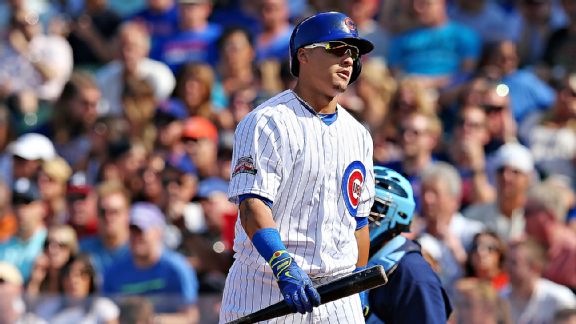


There have been a lot of high hopes attached to Javier Baez. In many ways, he is the poster child for the youth movement that has been percolating through the Cubs farm system since Theo Epstein and Jed Hoyer came to town. It’s to the point where Cubs fans are noticing a buzz around Wrigley Field, which has been largely absent since probably the 2008 postseason.
Calling Baez up to the majors seemed to pay dividends right away, as he hit the game-winning homer in his first game in Colorado on August 5, and hit two more in his third game on August 7. He is in the middle of his first homestand at Wrigley Field, and the fact the Cubs have dropped three of four to the Rays and Brewers doesn’t much seem to matter to many fans, because the best is yet to come.
But hold on a minute. The numbers don’t lie, at least when it comes to Javier Baez’ approach at the plate. While the sample size for Baez’ at-bats may be small, it is troubling, at least in one respect. And anyone who has ever read the book Moneyball might be able to figure out what that is.
Moneyball, in its early pages, explains why on-base percentage is one of those super-important baseball statistics. A batter who gets on base, through a hit or a walk or getting hit by a pitch, succeeds in keeping an inning going for his team. A .300 hitter who strikes out a lot could be less valuable, in theory, than a .280 hitter who can take some walks. That’s how a cost-conscious organization can find players who will help the club out, without breaking the bank from a payroll perspective. On-base percentage simply isn’t a glamorous stat, after all.
But if taking a walk can boost a hitter’s OBP and help his team out, the absence of such a trait can, conversely, be held against a hitter. And this is where a legitimate criticism of Javier Baez can be made. The first 33 times that Baez has stepped to the plate, he hasn’t drawn a single walk. He’s no doubt excited to be in the majors, and the buzzing fans at Wrigley Field are not buying tickets to watch him work the count against a pitcher. But zero walks in 33 plate appearances speaks for itself, as does the 13 strikeouts he has recorded. Strikeouts happen sometimes, but they rarely help a team out. Walks, on the other hand, never seem to hurt a team.
Baez’ shortcomings in this regard are dwarfed by the crazy numbers the Cubs have put up over the first four games of their current homestand. The Cubs have stuck out a staggering 53 times over these four games, while recording just two walks. The splits have been enormous throughout: nine strikeouts against no walks on August 8, 17 against one on Saturday, 15 against none on Sunday, and 12 against one on Monday night. Someone with even a rudimentary grasp of baseball understands that a team with this level of disparity will not be competitive.
Here’s hoping that somebody reminds Javier Baez — and the Cubs as a whole — that taking a walk is not such a bad thing. It seems to be a message without any currency on the North Side of Chicago at the moment.


